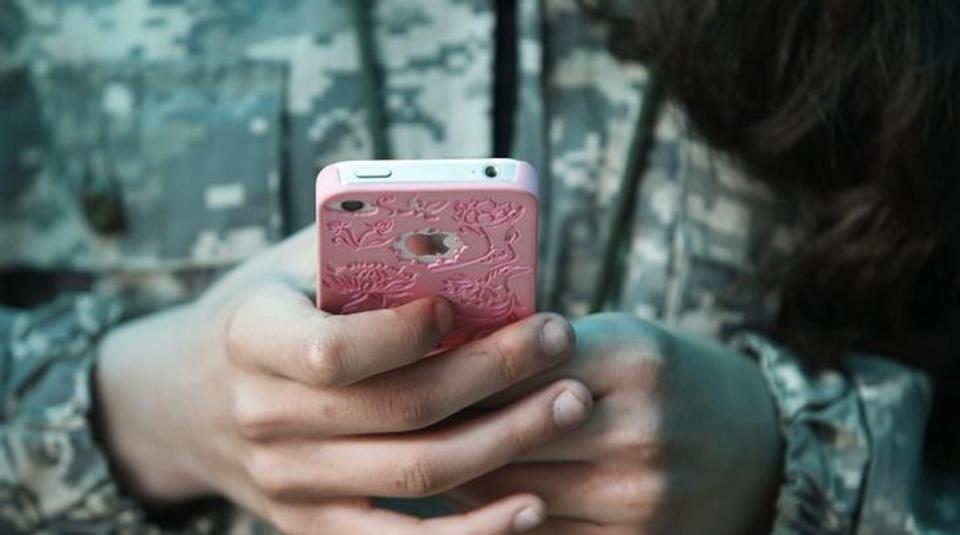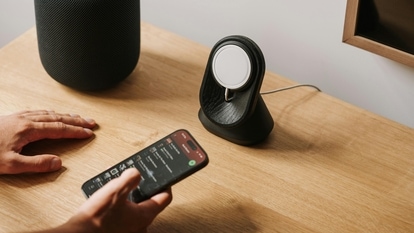This 3D printed clip-on turns your smartphone into a microscope
The 3D printing files are publically available for anyone to download.

Scientists have developed a 3D printable clip-on that allows anyone to turn their smartphone into a fully functional microscope.
The smartphone microscope is powerful enough to visualise specimens as small as 1/200th of a millimetre, including microscopic organisms, animal and plant cells, blood cells, cell nuclei and more, researchers said.
They are making the technology freely available, sharing the 3D printing files publicly so anyone with access to a 3D printer can turn their own smartphone into a microscope.
Developed at the RMIT University node of the ARC Centre of Excellence for Nanoscale BioPhotonics (CNBP) in Australia, the clip-on technology does not rely on external power or light source to work, yet offers high-powered microscopic performance in a robust and mobile hand-held package.
According to lead developer Antony Orth, the technology has immense potential as a scientific tool, one that is ideal for use in remote areas and for field-work where larger stand-alone microscopes are unavailable or impractical.
We have designed a simple mobile phone microscope that takes advantage of the integrated illumination available with nearly all smartphone cameras, said Orth, CNBP Research Fellow at RMIT.
The clip-on has been engineered with internal illumination tunnels that guide light from the camera flash to illuminate the sample from behind.
This overcomes issues seen with other microscopy-enabled mobile phone devices, said Orth in the research published in the journal Scientific Reports.
Almost all other phone-based microscopes use externally powered light sources, while there is a perfectly good flash on the phone itself.
External LEDs and power sources can make these other systems surprisingly complex, bulky and difficult to assemble, he said.
A further advantage is that the clip-on enables both bright-field and dark-field microscopy techniques to be undertaken, Orth said.
Bright-field microscopy is where a specimen is observed on a bright background. Conversely, dark-field shows the specimen illuminated on a dark background.
"The added dark-field functionality lets us observe samples that are nearly invisible under conventional bright-field operation such as cells in media, he said.
Having both capabilities in such a small device is extremely beneficial and increases the range of activity that the microscope can be successfully used for," Orth added.
Catch all the Latest Tech News, Mobile News, Laptop News, Gaming news, Wearables News , How To News, also keep up with us on Whatsapp channel,Twitter, Facebook, Google News, and Instagram. For our latest videos, subscribe to our YouTube channel.


























